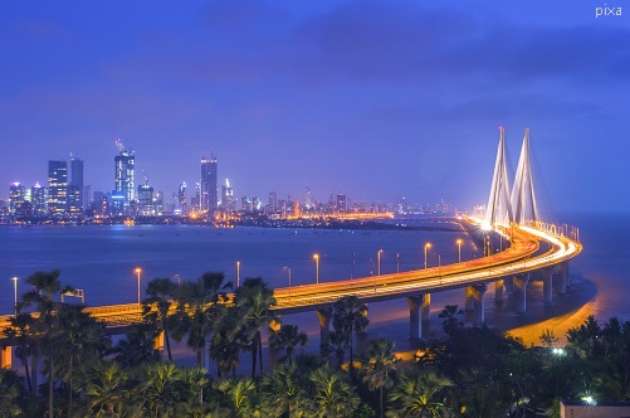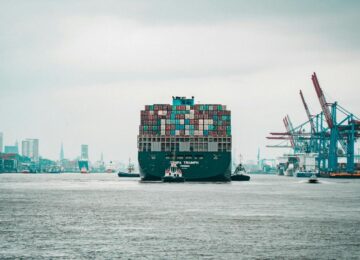Anupama Nair
At the time of the Partition of India on 15 August 1947, around 100,000 Sindhi refugees from Pakistan were relocated to the military camps near Kalyan. It was converted into a township in 1949 and named Ulhasnagar by the then Governor-General of India, C. Rajagopalachari. The Greater Bombay District came into existence in 1950, with the merger of Bombay Suburbs and Bombay City. The limits of the Municipal Corporation were extended up to Jogeshwari along the Western Railway and Bhandup along the Central Railway. The limit was further extended in 1957 up to Dahisar along the Western Railway and Mulund on the Central Railway. In 1955 the Bombay State was being re-organized along linguistic lines into the two states of Maharashtra and Gujarat
In 1960, Bombay became the new capital of Maharashtra. “Sky-scrapers, towering architecture, the Bombay Stock Exchange, tarred roads and a boom in the secondary and tertiary sector changed the city's status and brought it up to one of the top four cities in the country”. Today, Mumbai is the fourth most populous city in the world after Tokyo, Delhi, and Sao Paulo.
Mumbai is now the business capital of India and is also one of the largest cities in the country. The present population of Mumbai is estimated to be in millions and is still growing each day. Not much is known, how the population grew or how the city got its status as the commercial capital of India. The insight into the history of this glorious city is the answer to its inspiriting beginnings and eminence around the world.
It has the highest number of millionaires and billionaires among all cities in India. Mumbai is home to three UNESCO World Heritage Sites like the Elephanta Caves, Chhatrapati Shivaji Maharaj Terminus, and the city’s distinctive ensemble of Victorian Art Deco buildings, and many more.
Mumbai is famous for its Gateway of India, which is an arch-monument built in the early 20th Century. It was erected to commemorate the landing of Emperor George V and Empress Mary, who were the first British monarch to visit India. At the time of the royal visit, the gateway was not yet built, and a cardboard structure greeted the monarch. The foundation stone was laid in March 1913 for a monument built in the Indo-Saracenic style, incorporating elements of 16th-century Gujarati architecture. The final design of the monument was built by architect George Wittet sanctioned in 1914 and was finally completed in 1924.
What a proud history, my city has and now I have become a proud Mumbaikar. I love you Mumbai!




























